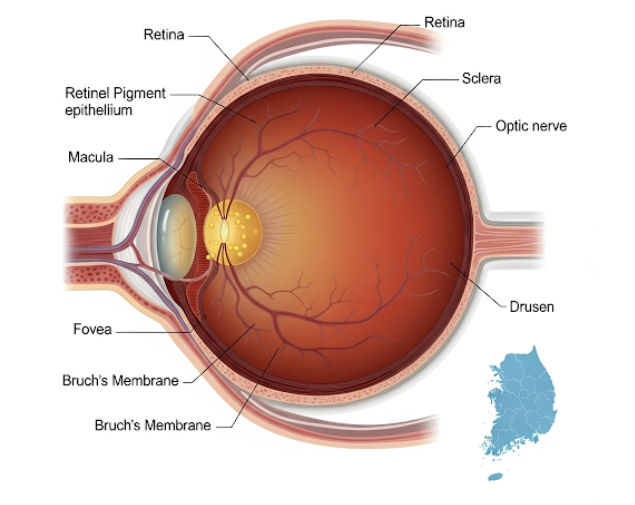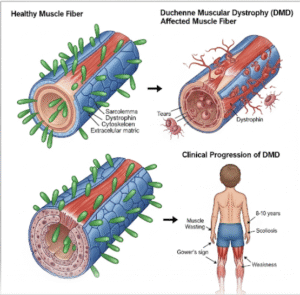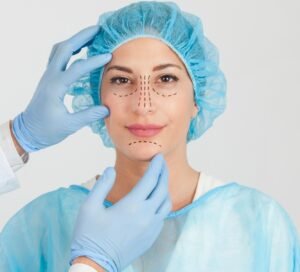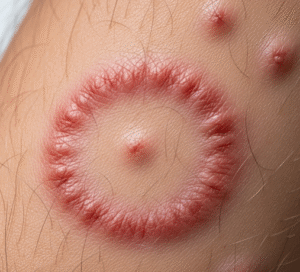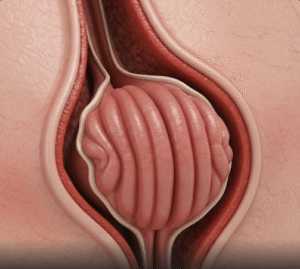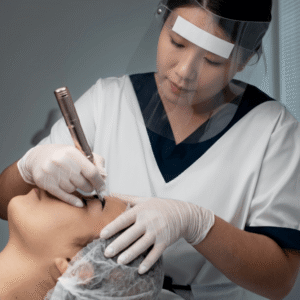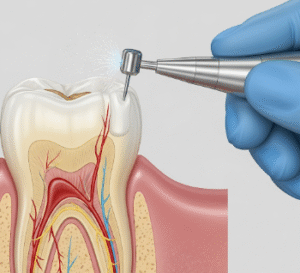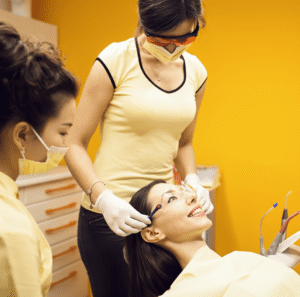Overview
Drusen are small yellow or white deposits that form under the retina, often associated with aging and retinal diseases such as age-related macular degeneration (AMD). In South Korea, with an aging population and increased screen usage, the prevalence of drusen-related retinal conditions is significant. Early detection is essential to prevent vision loss and manage complications effectively.
What is Drusen?
Drusen are extracellular deposits located between the retina and the underlying retinal pigment epithelium. They can vary in size and number and are categorized as either “hard” or “soft” drusen. While hard drusen may have minimal impact, soft drusen are linked with higher risk of progressing to age-related macular degeneration. Drusen primarily affects older adults but can occasionally be observed in younger individuals with genetic predisposition or retinal disorders.
Symptoms
Drusen themselves often do not cause noticeable symptoms in early stages. However, they can be associated with retinal changes leading to:
- Blurred or distorted vision
- Difficulty reading or recognizing faces
- Dark or empty areas in central vision (scotomas)
- Changes in color perception
- Gradual vision loss in advanced cases
Causes
The exact cause of drusen is not fully understood, but contributing factors include:
- Aging of the retinal tissues
- Accumulation of waste products from photoreceptor cells
- Genetic factors influencing retinal metabolism
- Oxidative stress and inflammation in the retina
Risk Factors
Factors that increase the likelihood of developing drusen include:
- Age over 50 years
- Family history of macular degeneration
- Smoking
- High cholesterol or cardiovascular disease
- Chronic light exposure or retinal oxidative stress
Complications
If left unmonitored, drusen can lead to:
- Age-related macular degeneration (AMD)
- Severe central vision loss
- Impaired ability to read, drive, or perform detailed work
- Increased risk of retinal pigment epithelium atrophy or neovascularization
Prevention
Preventive measures and early interventions include:
- Regular eye examinations, especially after age 50
- Healthy diet rich in antioxidants, vitamins A, C, E, and zinc
- Avoiding smoking and limiting alcohol
- Managing cardiovascular risk factors
- Wearing protective eyewear to reduce oxidative stress
Treatment Options in Korea
While there is no direct cure for drusen, South Korean ophthalmology clinics focus on monitoring and managing associated conditions:
Medical Management:
- Regular retinal imaging (OCT, fundus photography) to monitor drusen progression
- Nutritional supplementation (AREDS2 formula) to slow AMD progression
Advanced Therapies:
- Anti-VEGF injections for neovascular AMD associated with drusen
- Laser therapy in select cases to prevent severe vision loss
- Low vision aids for patients with significant visual impairment
Specialized Care:
- Leading ophthalmology centers in Seoul, Busan, and Incheon provide comprehensive care for retinal diseases
- Genetic counseling for families with hereditary risk of AMD
Early detection and regular monitoring are critical in South Korea to prevent drusen from progressing to serious retinal disorders and to preserve vision effectively.

